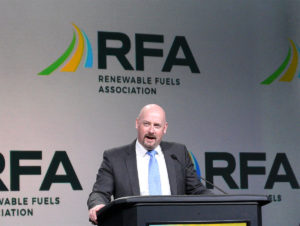In early 2022, University of Wisconsin researcher Tyler Lark published a study claiming that U.S. farmers had converted several million acres of pristine grassland and other “seminatural areas” to cropland in response to the Renewable Fuel Standard and growth in ethanol production.
The study was accompanied by a well-funded, well-orchestrated public relations blitz that resulted in dozens of news articles and editorials, widespread radio and TV coverage, and echo-chambering on blogs and social media channels. Even though the study’s methods and findings were roundly criticized and swiftly rebuked by the scientific community, the massive PR push behind the study unfortunately succeeded in spreading the “land use change” myth far and wide.
Two years later (March 2024), Lark published another study on land use change. Only this time there was no big publicity campaign. No interviews on NPR, no pithy feature story on Fox News or HBO talk shows, no social media blasts, no TIME magazine pieces, no National Wildlife Federation press conferences, no congressional staff briefings (those are all things that really happened after the 2022 study). In fact, the newest Lark study made about as much noise as a tree falling in the woods.
Why? What changed? How come there wasn’t a massive PR effort around the new land use study?
Put simply: the results of the new Lark paper don’t fit the doomsday narrative that was carefully crafted by media-savvy PR firms following the release of 2022 study. Indeed, the new Lark study actually contradicts and undermines his study that made headlines two years ago. That’s why they’re keeping it quiet.


